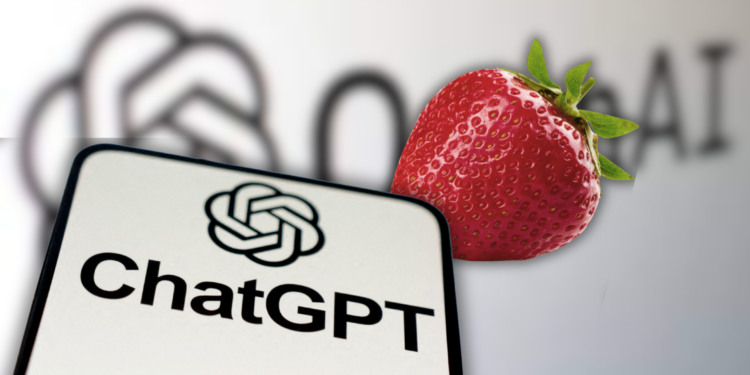- OpenAI is releasing a new model called o1, the first in a planned series of “reasoning” models that have been trained to answer more complex questions, faster than a human can.
- The o1 model is trained using a new optimization algorithm and dataset, and it employs reinforcement learning and a “chain of thought” approach to solve problems in a more human-like way.
- While o1 excels at tasks like coding, math, and explaining its reasoning, it is more expensive and slower than GPT-4o, and it lacks capabilities like browsing the web or processing files and images.
OpenAI has released a new AI model called o1 that is designed to handle more complex reasoning tasks than previous models like ChatGPT. The model comes in two versions – o1-preview and a smaller o1-mini – and represents a major step toward more human-like artificial intelligence.
Details on the o1 Model
A Long-Awaited Release
The o1 model is the much-anticipated “Strawberry” model that has been hyped up in AI circles. It is the first in a planned series of “reasoning” focused models from OpenAI.
Significantly Improved Reasoning Abilities
The key advance with o1 is its ability to tackle complex, multi-step problems like advanced math and coding challenges. It can explain its reasoning in detail, showing its work in a human-like manner.
Trained Differently Than Past Models
OpenAI took a novel reinforcement learning approach to training o1 rather than just mimicking patterns. This allows o1 to independently solve problems through trial and error.
More Expensive and Slower Than GPT Models
Despite its advances, o1 is more costly and slower than GPT-4o for developers. The preview version costs $15 per 1 million tokens on OpenAI’s API.
Reactions and Implications
Promising But Very Limited Reasoning
While o1 shows promise, its reasoning abilities are still extremely narrow. It focuses on math, coding, and hard problem solving.
A Step Toward Autonomous AI Systems
OpenAI sees models like o1 as a path toward AI agents that can take actions and make decisions independently. But real-world reasoning is still a distant goal.
Key to OpenAI’s Future Commercial Success
As OpenAI explores monetization, breakthroughs like o1 are crucial to deliver substantive advances beyond the capabilities of GPT models.
Conclusion
The o1 model represents an important evolution in AI capabilities, even if its reasoning skills are limited for now. With future training iterations, OpenAI aims to push closer to human intelligence. But for many real-world applications, GPT-style models still reign supreme.














